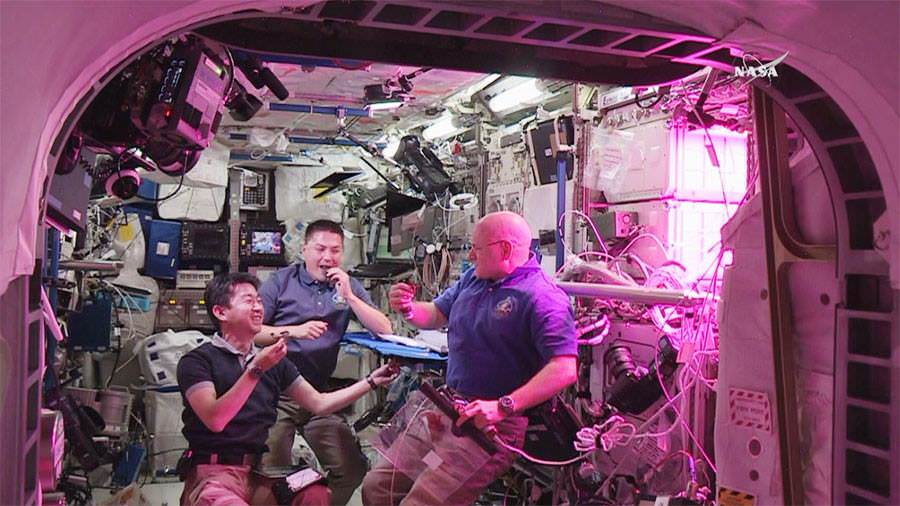For most of human history, the Sun appeared stable. It was a stoic stellar presence, going about its business fusing hydrogen into helium beyond our awareness and helping Earth remain habitable. But in our modern technological age, that facade fell away.
We now know that the Sun is governed by its powerful magnetic fields, and as these fields cycle through their changes, the Sun becomes more active. Right now, according to NASA, the Sun is at its solar maximum, a time of increased activity.
Continue reading “The Sun Has Reached Its Solar Maximum and it Could Last for One Year”










